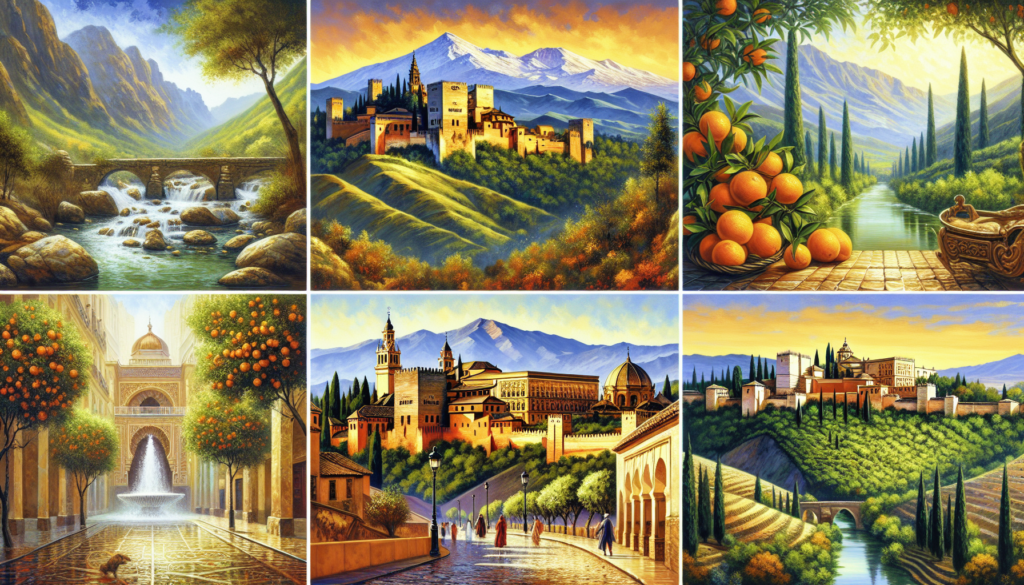Table of Contents
ToggleSpain's 5 Hidden Gems
Introduction
Tucked away in the rich tapestry of Spain are destinations that, despite their allure, remain largely undiscovered by the masses. These places offer authentic experiences, often away from the hustle and bustle of more famous locales. Let’s explore five of these hidden gems that promise unique adventures and memories.
1. Besalú: A Step Back in Time
Nestled in the province of Girona, Besalú is a small medieval town that seems untouched by modernity. Walking through its narrow cobblestone streets, it’s easy to feel as if you’ve stepped back several centuries. The town is a living relic, with its iconic Romanesque bridge greeting visitors as they cross the Fluvià River.
One of the most fascinating aspects of Besalú is its well-preserved Jewish Quarter, which dates back to the Middle Ages. The mikveh, a Jewish ritual bath discovered in the town, is one of the best-preserved examples in Europe. The town is also home to impressive churches, such as the Church of Sant Pere, a beautiful example of Romanesque architecture.
Visitors to Besalú often find themselves captivated not only by the town’s historical charm but also by its serene atmosphere. It’s a place where time slows down, allowing for leisurely exploration and quiet reflection.
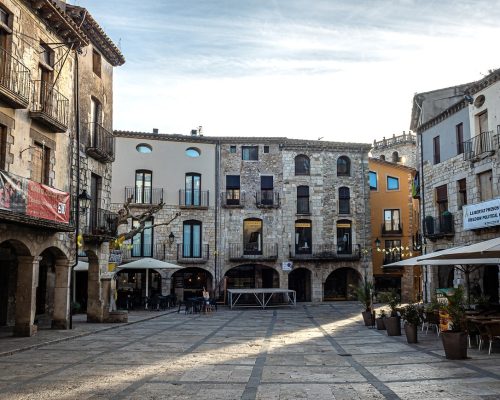
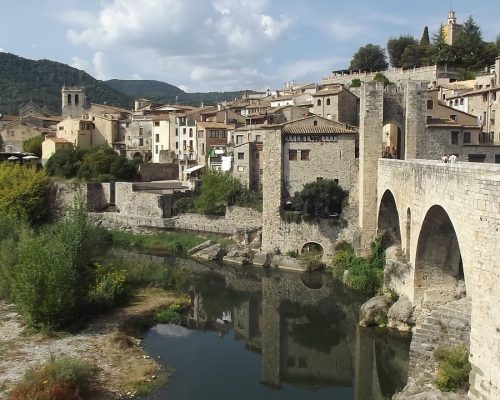
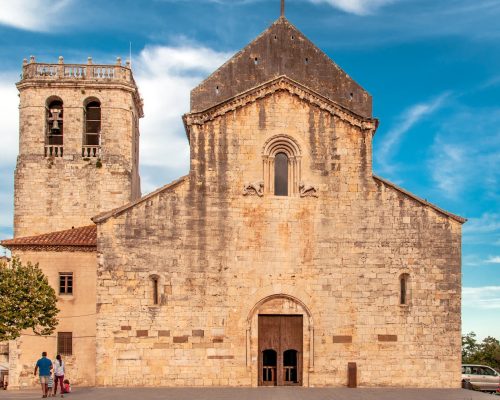
2. Setenil de las Bodegas: A Village Built into Rocks
Setenil de las Bodegas, located in the province of Cádiz, is a village that defies conventional architecture. Many of its houses are built directly into and under massive rock overhangs, creating a unique and visually striking landscape.
The town’s unusual design is not only practical—providing natural insulation from the intense Andalusian heat—but also gives it an otherworldly feel. As you wander through the winding streets, you’ll notice that the rocks form a natural roof over many of the houses, cafes, and shops.
Setenil de las Bodegas is also known for its excellent local cuisine, particularly its cured meats and pastries. Enjoying a meal under a rock ceiling is an experience that is as delicious as it is unforgettable.

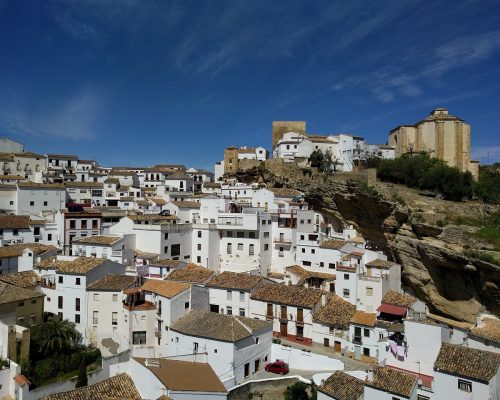
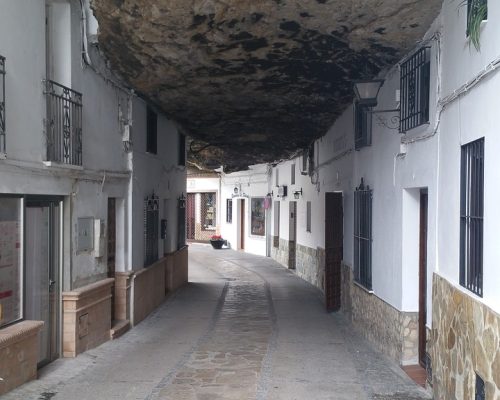
3. Cudillero: A Hidden Fishing Village
On the northern coast of Spain, in the region of Asturias, lies Cudillero, a picturesque fishing village that clings to the cliffs overlooking the Bay of Biscay. The town’s colorful houses, arranged in a semi-circle around the harbor, create a stunning contrast against the deep blue sea.
Cudillero is one of those places where the sea and the village are inseparable. The town’s economy and lifestyle are deeply connected to the ocean, and you can feel this bond as you stroll through the narrow streets lined with seafood restaurants. The catch of the day is always fresh, and the local specialties, such as fabada (a traditional Asturian bean stew) and pixin (monkfish), are not to be missed.
For those who love the ocean, Cudillero offers plenty of opportunities to explore its maritime heritage. From boat tours to simply watching the fishing boats come and go, the sea is ever-present. But even if you’re not particularly interested in maritime activities, the village’s charm and tranquil atmosphere make it a perfect getaway.
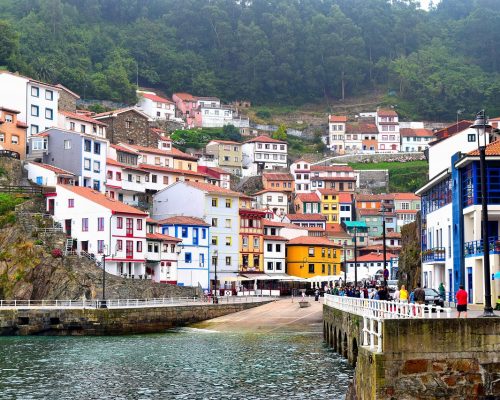
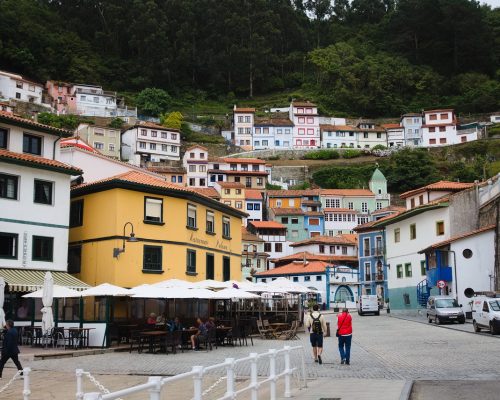
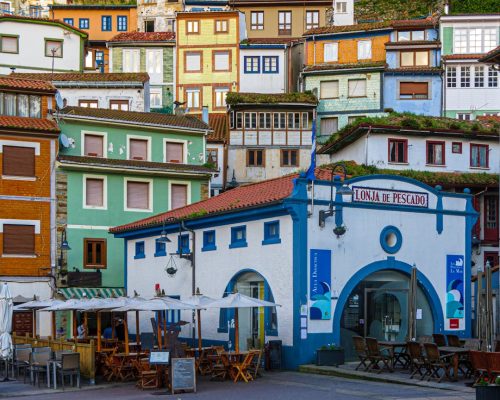
4. Olite: A Fairytale Town in Navarra
Olite, located in the heart of Navarra, feels like it was plucked straight out of a storybook. The town is dominated by the majestic Royal Palace of Olite, a Gothic castle that was once the seat of the Kings of Navarre. The palace, with its towers, battlements, and courtyards, is a delight to explore, especially for those who have ever dreamed of stepping into a fairy tale.
Aside from the palace, Olite is also known for its wine. The surrounding region is one of Spain’s most important wine-producing areas, and the town itself is dotted with bodegas where you can taste some of the best wines Navarra has to offer. The annual wine festival, which takes place in August, is a great opportunity to immerse yourself in the local culture and enjoy some excellent vintages.
Olite’s narrow streets and stone houses add to its charm, making it a wonderful place to wander aimlessly and soak in the atmosphere. Whether you’re interested in history, wine, or just looking for a beautiful place to relax, Olite has something to offer.
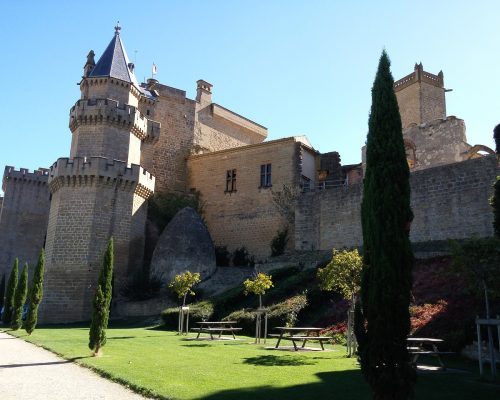
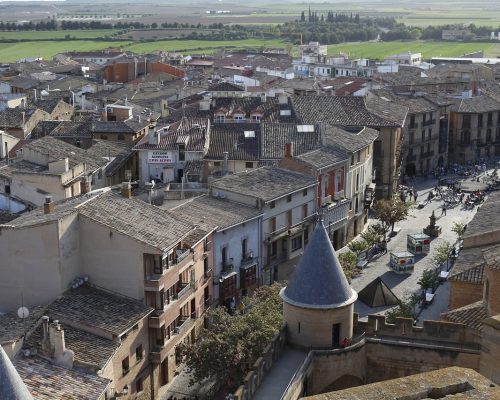
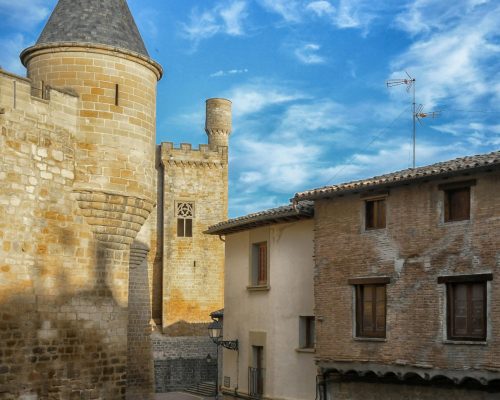
5. Aínsa: A Mountain Fortress
Located in the Pyrenees, Aínsa is a small town that offers spectacular views and a rich history. The town is built around a medieval fortress, and its old quarter is a maze of stone houses, narrow streets, and hidden courtyards. The main square, Plaza Mayor, is particularly beautiful, with its arcaded buildings and cobblestone paving.
Aínsa is surrounded by stunning natural scenery, making it a perfect destination for nature lovers. The nearby Ordesa and Monte Perdido National Park offers some of the best hiking in Spain, with trails that take you through deep valleys, high mountains, and lush forests.
In Aínsa, you’ll find that history and nature are closely intertwined. The town’s medieval architecture is complemented by its breathtaking surroundings, creating a sense of timelessness that is hard to find elsewhere. It’s a place where you can lose yourself in history one moment and be hiking through pristine wilderness the next.
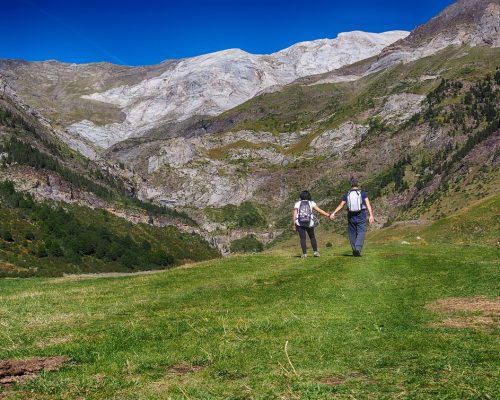
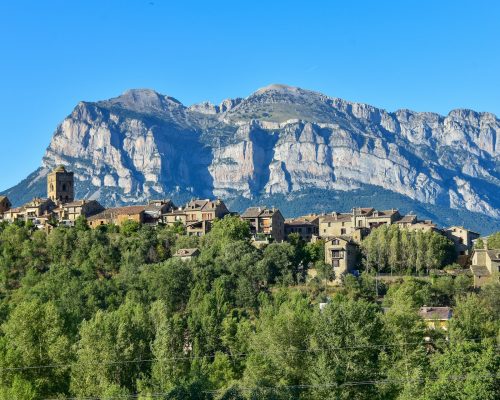

FAQs
How can I get to these hidden gems?
- Besalú: Located about 1.5 hours by car from Barcelona, Besalú is easily accessible by road. There are also bus services from nearby Girona.
- Setenil de las Bodegas: The village is about 20 minutes by car from Ronda, which is well-connected by train and bus from major Andalusian cities.
- Cudillero: The nearest major city is Oviedo, about 45 minutes by car. There are also bus services from Oviedo and other nearby towns.
- Olite: The town is about 40 minutes by car from Pamplona. You can also reach it by train from Pamplona or Zaragoza.
- Aínsa: Located in the Pyrenees, Aínsa is about 2 hours by car from Huesca. There are bus services, but they are less frequent, so renting a car is recommended.
When is the best time to visit?
- Besalú: Spring and autumn offer pleasant weather and fewer tourists, making it an ideal time to visit.
- Setenil de las Bodegas: Spring is the best time to visit, as the weather is mild and the landscape is in full bloom.
- Cudillero: Summer is the most popular time to visit, but late spring and early autumn are also great, especially if you prefer fewer crowds.
- Olite: Summer is the best time to enjoy the wine festival and explore the palace, but spring and autumn are also good options.
- Aínsa: Summer is perfect for hiking, while autumn offers beautiful foliage. Winter is ideal for those who enjoy snow sports.
Are these destinations tourist-friendly?
Yes, while these destinations are less crowded than Spain’s major cities, they are welcoming to tourists. Most places have signage in English, and in the more popular spots like Aínsa and Olite, you’ll find locals who speak English, especially in hotels and restaurants. However, learning a few basic Spanish phrases will definitely enhance your experience.
What type of accommodations can I expect?
- Besalú: There are charming guesthouses and boutique hotels, often housed in historical buildings.
- Setenil de las Bodegas: Expect to find unique accommodations, some even built into the rocks.
- Cudillero: There are small hotels and guesthouses, many offering sea views.
- Olite: You’ll find a range of options, from cozy bed and breakfasts to more upscale hotels.
- Aínsa: Accommodations range from rustic mountain lodges to modern hotels, catering to both budget and luxury travelers.
Is it necessary to rent a car?
While public transportation can get you to most of these destinations, renting a car gives you more flexibility, especially if you want to explore the surrounding areas. In more remote places like Aínsa and Setenil de las Bodegas, a car is especially useful.
What local foods should I try?
- Besalú: Try pa amb tomàquet (bread with tomato) and local Catalan sausages.
- Setenil de las Bodegas: The village is famous for its chorizo, morcilla (blood sausage), and almond pastries.
- Cudillero: Don’t miss the fresh seafood, particularly the pixin and percebes (goose barnacles).
- Olite: Sample the local wines, along with traditional Navarrese dishes like cordero al chilindrón (lamb stew).
- Aínsa: Enjoy hearty Pyrenean dishes like chiretas (a type of sausage made with lamb).
Are there any local festivals or events?
- Besalú: The town hosts a medieval fair in September, where the streets come alive with music, crafts, and historical reenactments.
- Setenil de las Bodegas: The town’s annual fiesta in August features traditional music, dance, and food.
- Cudillero: The village celebrates San Pedro in June, with processions, music, and fireworks.
- Olite: The Wine Festival in August is a must for wine lovers, featuring tastings, vineyard tours, and more.
- Aínsa: The town hosts a medieval festival in July.
Helpful Travel Planning Tips
Flights:
Search and book with ORBITZ. They search across 100s of travel sites to compare prices. If you are not ready to book? Set alerts for when prices drop.
Accommodations:
To book a hotel, check Hotels.com
Check here for Hostels
Travel Insurance:
I recommend getting travel insurance from Travelex Insurance to protect your purchase as soon as you book.
Activities:
For tickets, tours, and day trips, check with Get Your Guide.
Restaurants:
Disclosure: Please note that some links on this website are affiliate links. At no cost to you, I receive a commission if you make a purchase. I only recommend companies that I research and would use.
